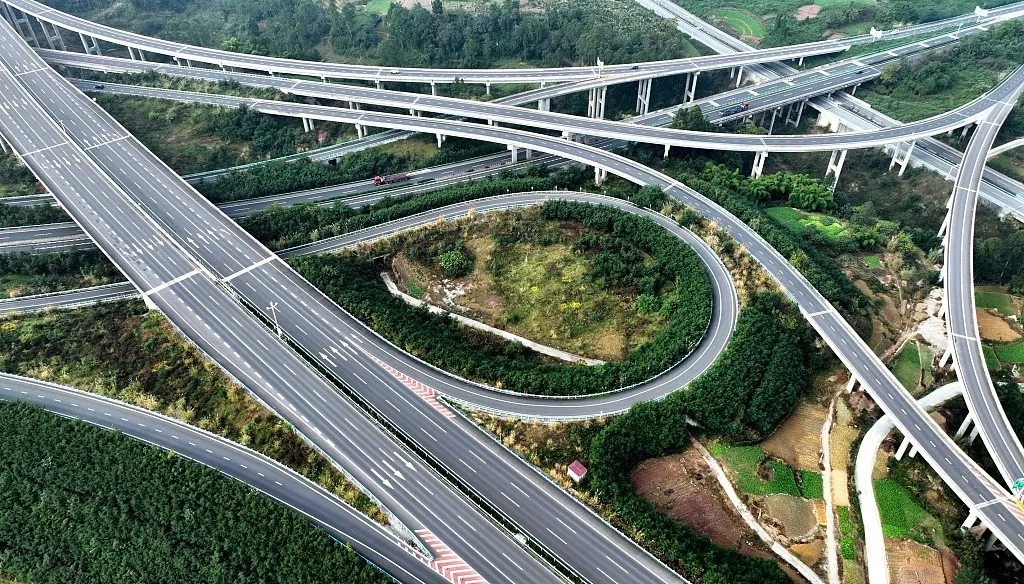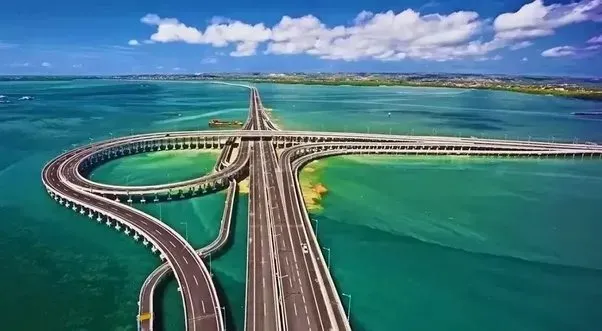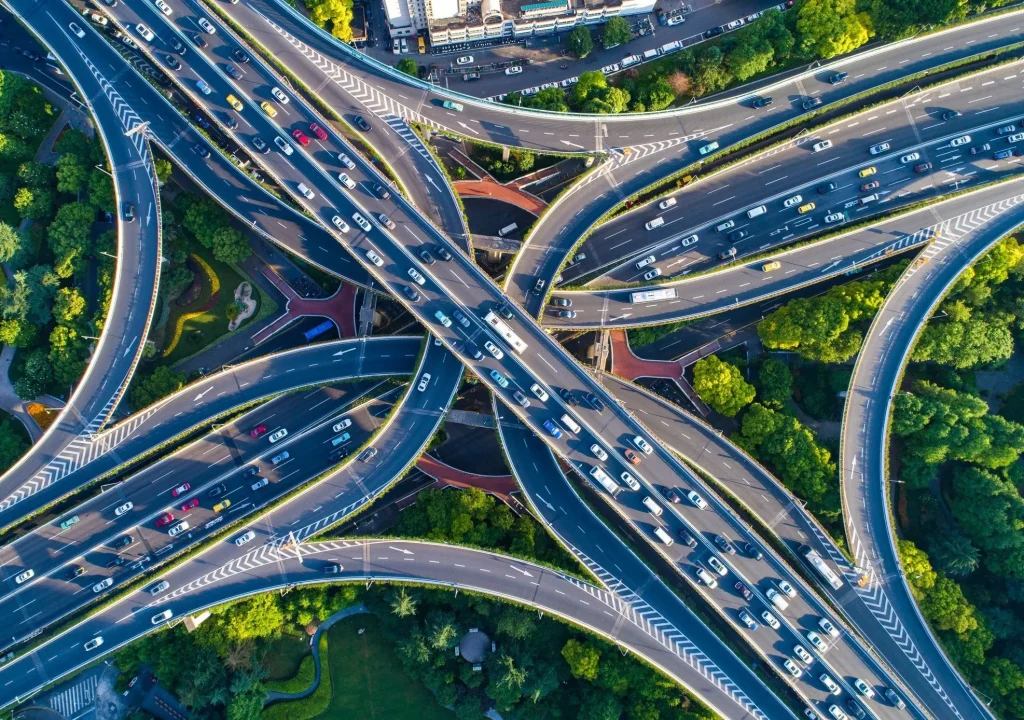The National Highways Authority of India (NHAI) is on track to complete the country’s second-longest expressway by December 2025. The Amritsar-Jamnagar Expressway will connect the city of Amritsar in Punjab to Jamnagar in Gujarat, covering a distance of 1,316 kilometers. This ambitious project runs through hundreds of kilometers of desert, promising to transform travel and economic activities between these key regions.

The new expressway spans 1,316 km, just short of the Delhi-Mumbai Expressway’s 1,350 km, making it the second-longest in India. It will run through Punjab, Haryana, Rajasthan, and Gujarat, cutting through vast desert areas in Rajasthan and Haryana.
Once operational, the expressway will significantly reduce the travel time between Amritsar and Jamnagar. Currently, the journey of 1,516 km takes about 26 hours. The new route will cut the distance by 200 km and halve the travel time to approximately 13 hours, thanks to the design speed of 100 kmph. This reduction will also lead to lower travel costs.

The expressway will provide a direct link between industrial hubs in Amritsar and Gujarat, enhancing connectivity and boosting economic activities. Businesses will benefit from reduced travel times and improved logistics, fostering stronger trade links between northern and western India.
Besides benefiting Amritsar and Jamnagar, the expressway will serve cities like Bhatinda, Moga, Hanumangarh, Suratgarh, Bikaner, Nagaur, Jodhpur, Barmer, and others. It will offer direct connectivity to Punjab, Delhi, Rajasthan, Haryana, and Gujarat, integrating various regional economies.

A unique feature of the Amritsar-Jamnagar Expressway is its extensive path through Rajasthan’s desert terrain. Approximately 500 kilometers of the expressway will traverse through sandy landscapes, posing significant engineering and environmental challenges.
The expressway will also benefit the Delhi-NCR region by providing another major transportation artery. It will link to the existing Delhi-Katra Expressway, further integrating the national expressway network. Additionally, this route will offer easier access from Gujarat to Kashmir, opening up new travel and trade possibilities.

The NHAI aims to finish the expressway by December 2025. With much of the construction already completed, the project is progressing steadily towards its goal.
